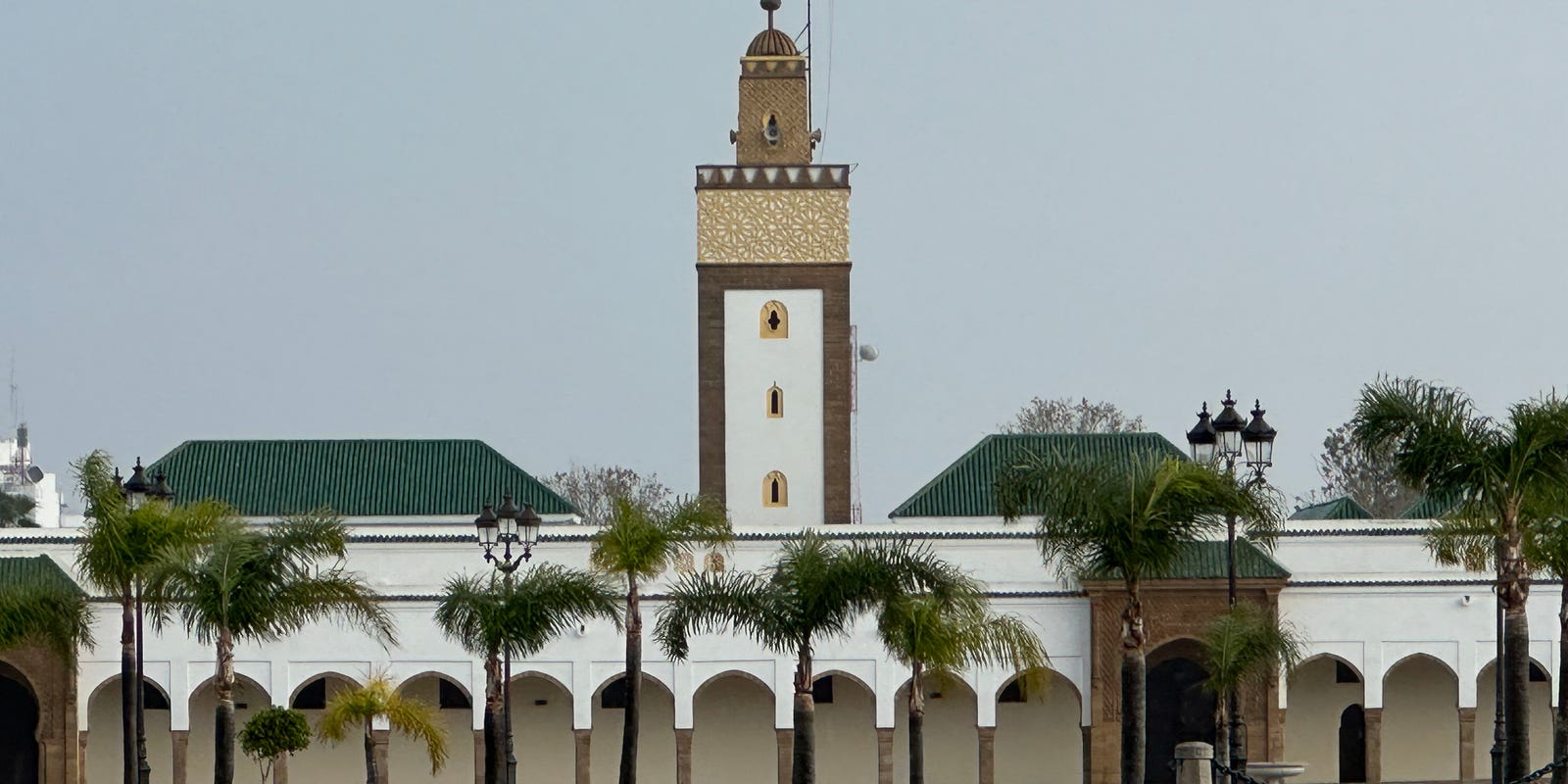
With the anticipated sighting of the crescent moon on the evening of April 9th, nearly 2 billion Muslims globally, including approximately 1 million Muslims in Ohio, are preparing to observe the conclusion of Ramadan with the festive occasion known as Eid al-Fitr, expected to occur on April 10th.
Eid al-Fitr signifies the culmination of Ramadan, the most sacred month in the Islamic calendar, during which Muslims practice fasting from dawn to dusk, refraining from food and drink. Throughout this month, Muslims dedicate themselves to mindfulness of God, introspection, and personal growth.
Following Ramadan is Shawwal, the succeeding month in the Islamic calendar, commencing immediately upon the sighting of the crescent moon, referred to as the “Shawwal moon.” The onset of Shawwal heralds Eid al-Fitr, symbolizing the end of Ramadan. Tonight, a crescent moon is projected to illuminate the sky.
Understanding Eid al-Fitr
Eid al-Fitr is one of the two festive days in the Islamic calendar, both observed annually. While the holiday is officially recognized on a single day, some nations extend the celebrations for up to three days.
Celebrated on the first day of Shawwal, the 10th month in the Islamic calendar, Eid al-Fitr and its counterpart follow the Islamic Hijri calendar based on the lunar cycle. Each year, Ramadan and the two Eid holidays occur approximately 11 days earlier than the preceding year due to the lunar calendar. The commencement of these holidays is determined by the sighting of the crescent moon.
In Arabic, Eid translates to “festival” or “feast,” while Fitr signifies “breaking the fast.” Essentially, Eid al-Fitr translates to “festival of breaking the fast.”
Observance of Eid al-Fitr
Muslims rise early in the morning on Eid, preparing meals and readying themselves to partake in the obligatory Eid prayers at local mosques. Following a month of fasting during daylight hours, it may feel unusual for Muslims to eat during the day, as fasting on Eid al-Fitr is prohibited.
During Eid, Muslims adhere to the practices of Prophet Muhammad, known as “Sunnah” in Islam. Sunnah is not exclusive to Eid but is followed daily.
Sunnah practices on Eid encompass bathing or showering, donning one’s finest attire and perfume, choosing a different route home from the prayer venue, and reciting “Takbeer” or praising God en route to the prayers. Muslims exchange embraces and well-wishes with “Eid Mubarak,” signifying “blessed festival” in Arabic.
From the evening of the final fasting day until the Eid prayer, financially capable Muslims are required to offer a charitable contribution known as Zakat al-Fitr. This donation aims to cover an individual’s meal expenses. Almsgiving to the less fortunate holds significant importance in Islam—this donation is distributed to the needy to enable them to celebrate Eid. Muslims can contribute this form of charity to charitable organizations, or mosques conducting Eid prayers will collect these donations, ensuring direct assistance to those in need.
Eid customs vary across regions. Typically, post-Eid prayers in the morning, friends and families convene to share time at each other’s homes, relishing in delectable treats and meals. Children receive gifts and monetary presents, termed “Eidi.”
Eid al-Adha, the Second Eid
The subsequent Eid, Eid al-Adha, is slated to occur on the 10th day of the Islamic month of Dhu al-Hijjah, anticipated to commence on the evening of June 16th and conclude on June 17th.
The image of children observing their fathers in prayer during Eid al-Fitr, a significant event marking the conclusion of Ramadan, a month-long fast for Muslims during daylight hours, reflects the spirit of community and unity at the Indiana State Fairgrounds, Indianapolis, on June 4, 2019. This gathering, attracting several thousand Muslims, is one of numerous communal events in the region fostering solidarity among diverse Islamic communities.
